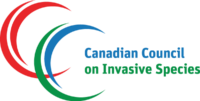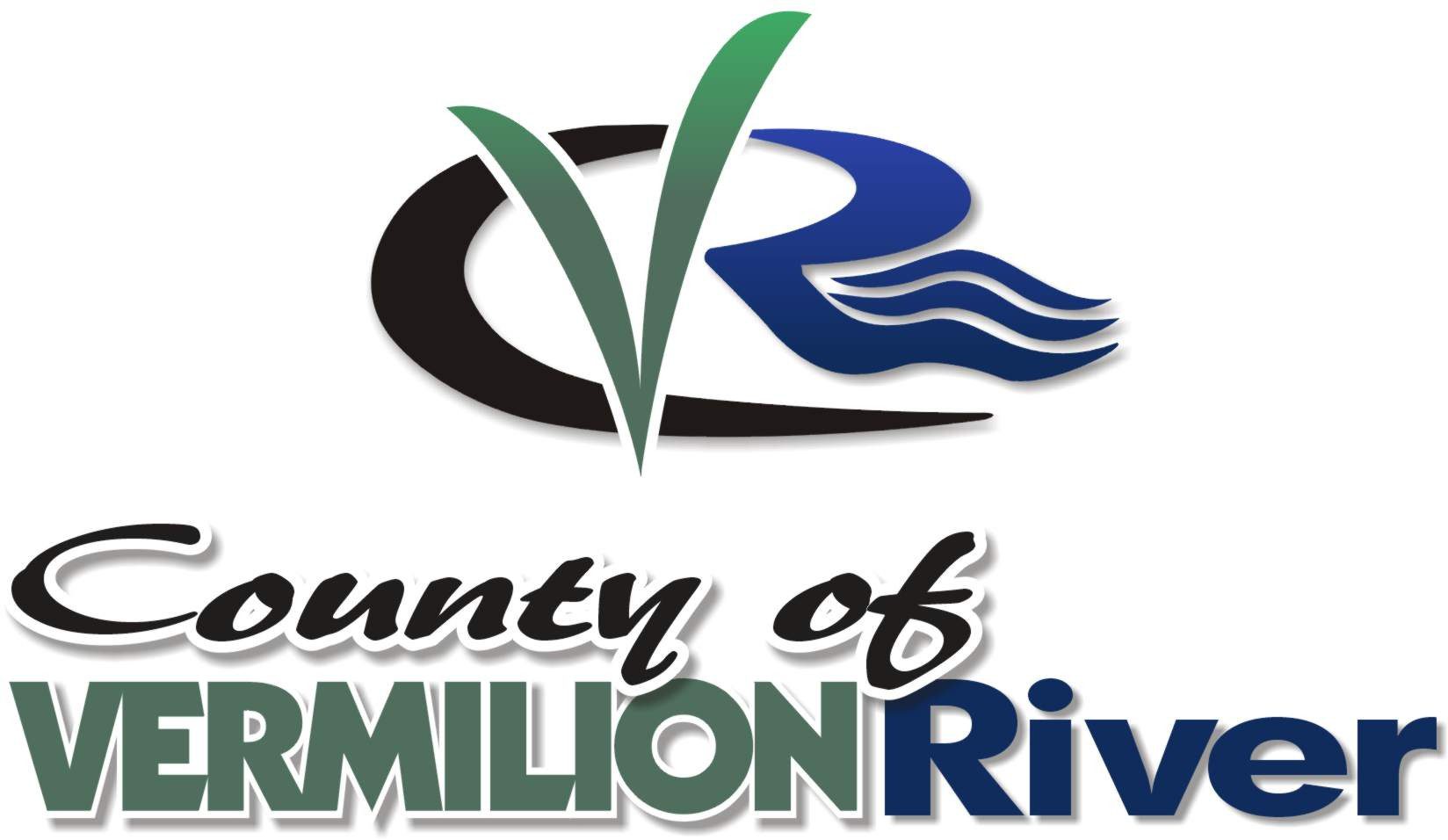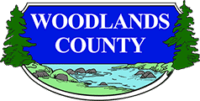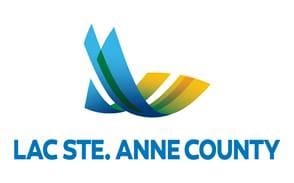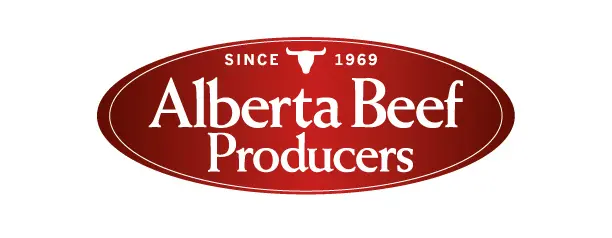Wild boar at large are one of the most damaging invasive species in North America.
Hunting is not an effective control option.
Report observations of wild boar at large through EDDMapS, by calling 310- FARM or by emailing wildboar@gov.ab.ca or your local municipality!

Did you know
Feral pigs (also known as wild boar at large) are one of the most damaging invasive species in North America! Some folks are keen to hunt wild boar at large but this is not a viable control option.
We are asking for your help to report observations of wild boar at large and damage they may have caused using the AISC’s free invasive species reporting app, EDDMapS (iPhone or Android), by emailing wildboar@gov.ab.ca, calling 310-FARM, or by contacting your local municipality.
More information can be found by accessing AISC's resources below.
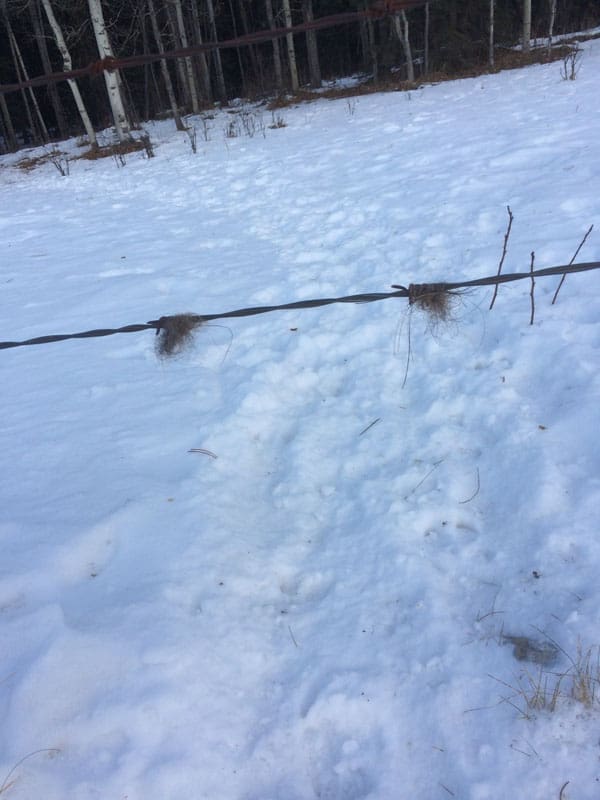
Background
Wild boar at large were introduced to Alberta in the 1980s and ‘90s as livestock species in an effort to diversify agriculture. Since then, many have escaped their enclosures and thrived as a feral species, causing damage to crops, pastures, property and the environment. Specifically, wild boar at large can devastate crops and can predate livestock such as goats and newborn cattle. While there are no Canadian estimates, agricultural damage in the United States caused by wild boar at large is estimated to be $1.5 billion each year. Even more concerning is the potential for disease transfer from wild boar at large to Alberta’s livestock industry. A recent risk assessment undertaken by Alberta Irrigation indicated that potential disease transfer from wild boar at large to livestock is a significant threat. There are some remaining wild boar farms in Alberta but these are required to meet stringent containment standards to operate.
Potential for Disease Spread
Wild boar at large pose serious risk to the domestic hog and beef industry because of the potential for disease transmission to hogs and cattle. Wild boar at large are known to host 39 different diseases that can be transmitted to livestock, humans and wildlife, some of which come with big consequences. An example is foot and mouth disease; an outbreak would trigger a complete and immediate shut down of all Alberta pork and beef exports, and cost $65 billion dollars nationwide. For decades researchers have warned of this risk, which increases with the growing wild boar at large population.
Hunting Wild Boar at Large and Alberta’s Bounty Program
Recognizing these threats, initial control efforts in the form of a bounty program were implemented, and hunters could turn in wild boar at large ears in exchange for $50. These hunting efforts were later deemed ineffective and may have even exacerbated the issue. Wild boar are incredibly smart and when only a few individuals are hunted from a larger group (called a sounder), the remaining boar quickly learn to evade future hunting efforts by dispersing, changing movement patterns, and becoming nocturnal. They pass these tricks on to following generations. The only way to effectively eliminate wild boar at large in an area is by eradicating the entire sounder simultaneously.

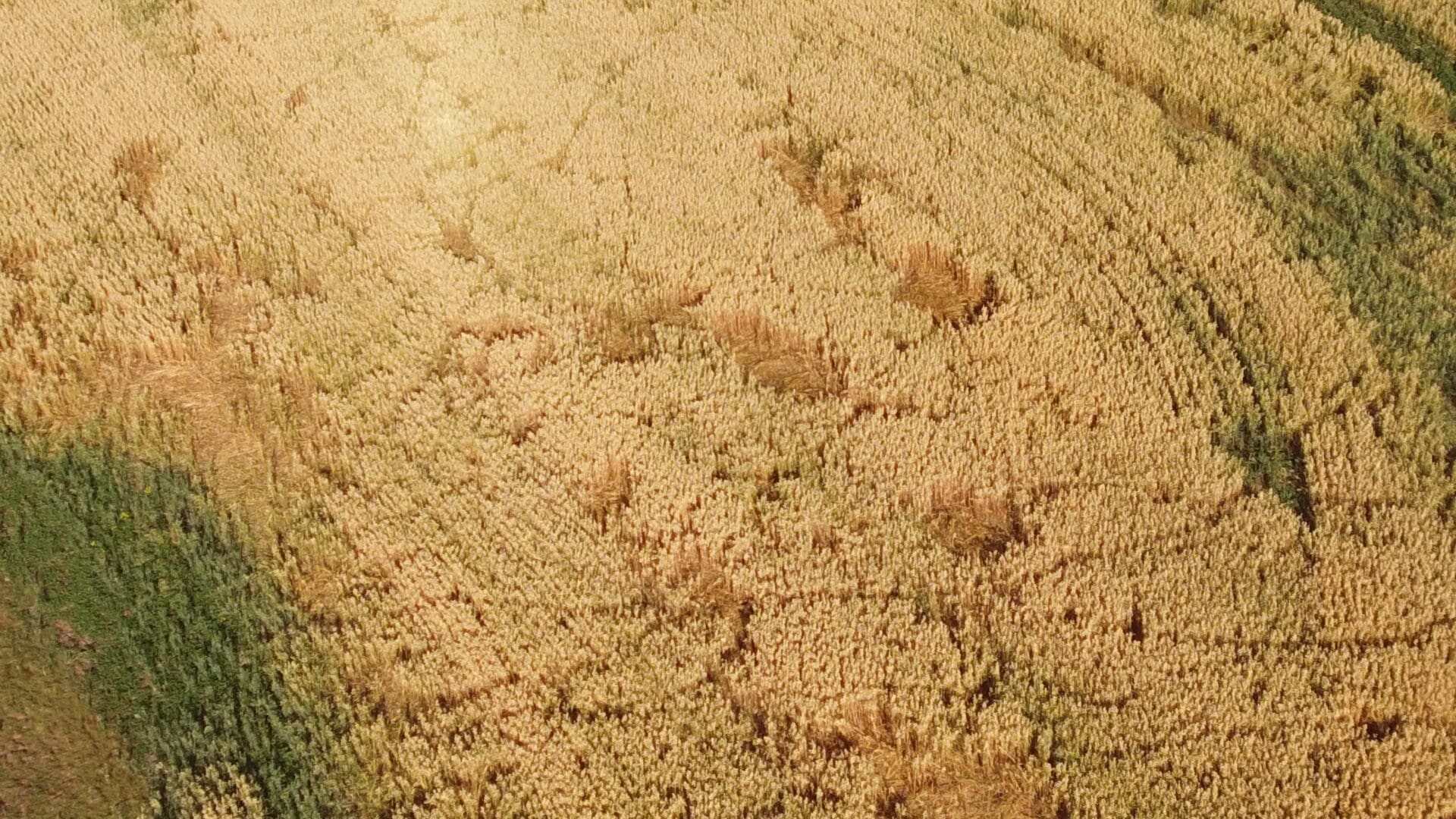

Alberta Pork & Alberta Irrigation’s Wild Boar at Large Control Program
In response, Alberta Pork and Alberta Agriculture and Irrigation (AGI) have established a Wild Boar At Large Control Program, which involves coordinated and strategic removal of entire sounders. If you spot wild boar at large or suspect wild boar at large damage, submit a report using EDDMapS, AISC’s free smartphone app for reporting invasive species, email wildboar@gov.ab.ca, call 310-FARM, or contact your local municipality. All reports are provided to the Alberta Pork and the AGI Wild Boar At Large Control Team who work with local stakeholders to come up with solutions. This program relies on Albertans to report observations of wild boar at large. However, awareness of wild boar remains low and is a potential barrier to the project's success.

Need for Increased Awareness
Increasing awareness of the issue of wild boar at large is critical to the success of the AGI Wild Boar At Large Control Program. A 2013 survey conducted by researchers in Saskatchewan, the wild boar at large epicenter of Canada, found that most rural municipalities were unaware of the risks associated with wild boar at large and did not know how to manage them (Brook and van Beest 2014). The authors argued that the social perception of this issue and the lack of awareness are barriers to the effectiveness of long-term management of this invasive pest species. Further, a common misconception among those who are aware of wild boar at large is that hunting is a viable control option. However, as mentioned above, hunting compounds the issue and makes control of wild boar at large more difficult. There is a need to promote awareness of this issue and provide current information about best practices associated with effective wild boar at large management.
Expansion of wild boar across Canada from 1995 to 2021.

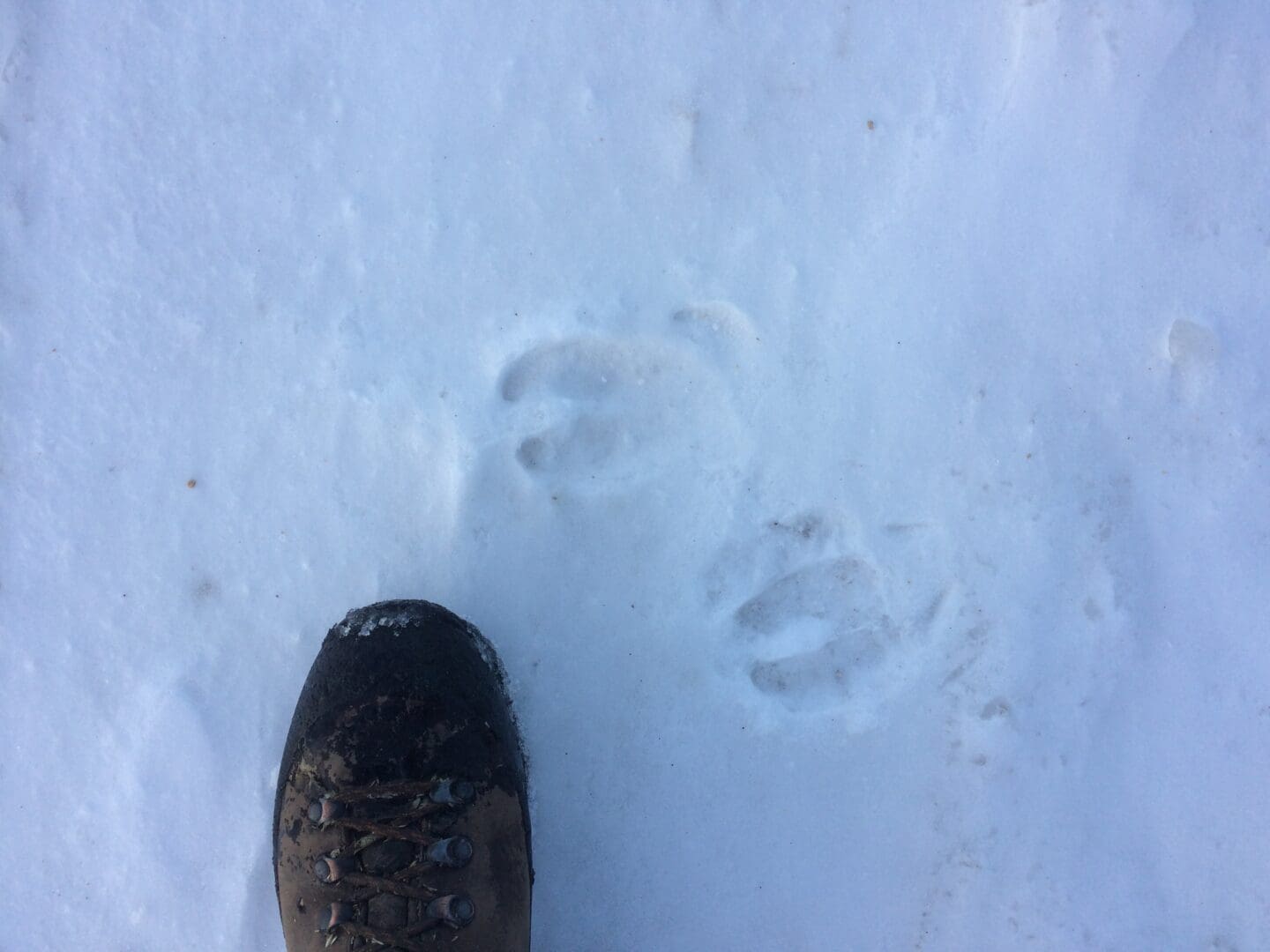

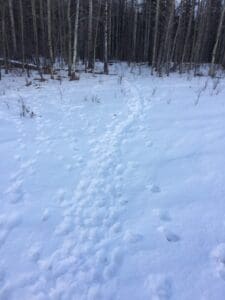
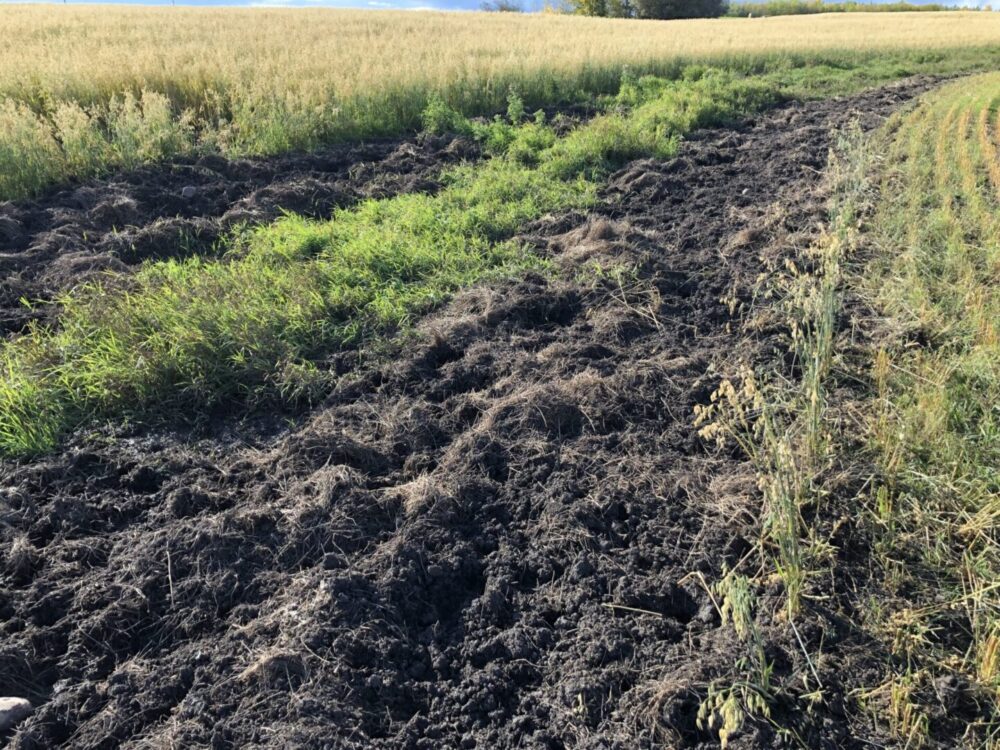
Squeal on Pigs!
To raise awareness, Oregon, Washington and Idaho collaboratively developed the ‘Squeal on Pigs!’ campaign (later adopted by Montana) to encourage the public to report observations of wild boar at large. Recently, the Transboundary Feral Swine Working Group redesigned the 'Squeal on Pigs!' logo and graphics. The Alberta Invasive Species Council is grateful to these organizations, for allowing us to adapt, adopt and promote the ‘Squeal on Pigs!’ Campaign to raise awareness of this issue in Alberta.
Both web and print-quality images are available for promotion, contact info@abinvasives.ca, if you are interested. Please feel free to promote these images on your websites, newsletters, or wherever you see fit!

Squeal on Pigs! 'Wild Boar at Large' Virtual Forum
The AISC hosted a virtual forum for wild boar at large in Alberta on May 11th, 2022. Discussions with experts in the field focused on wild boar at large in the province, lessons learned from other areas and how to move forward. Panelist were:
- Michael J Bodenchuk, Texas State Director, USDA APHIS WS
- Dr. Ryan Brook, Associate Professor, University of Saskatchewan
- Charlotte Shipp, Industry Programs Manager, Alberta Pork
- Dawn Fortin, Manager Agriculture Services, Woodlands County
- Jurgen Preugschas, Alberta Producer
Additional information can be found at:
- Alberta Agriculture and Irrigation's Eradication of Wild Boar-at-Large: Strategy Document
- Alberta Agriculture and Irrigation's Wild Boar Control Program
- Alberta Agriculture and Irrigation's Wild Boar at Large Fact Sheet
- AFSC's Wildlife Damage Compensation Program
- AISC's Feral Pig Fact Sheet.
- AISC's Squeal on Pigs Quick Facts Card
- AISC's Squeal on Pigs Infographic
- AISC's Squeal on Pigs Colouring Page



